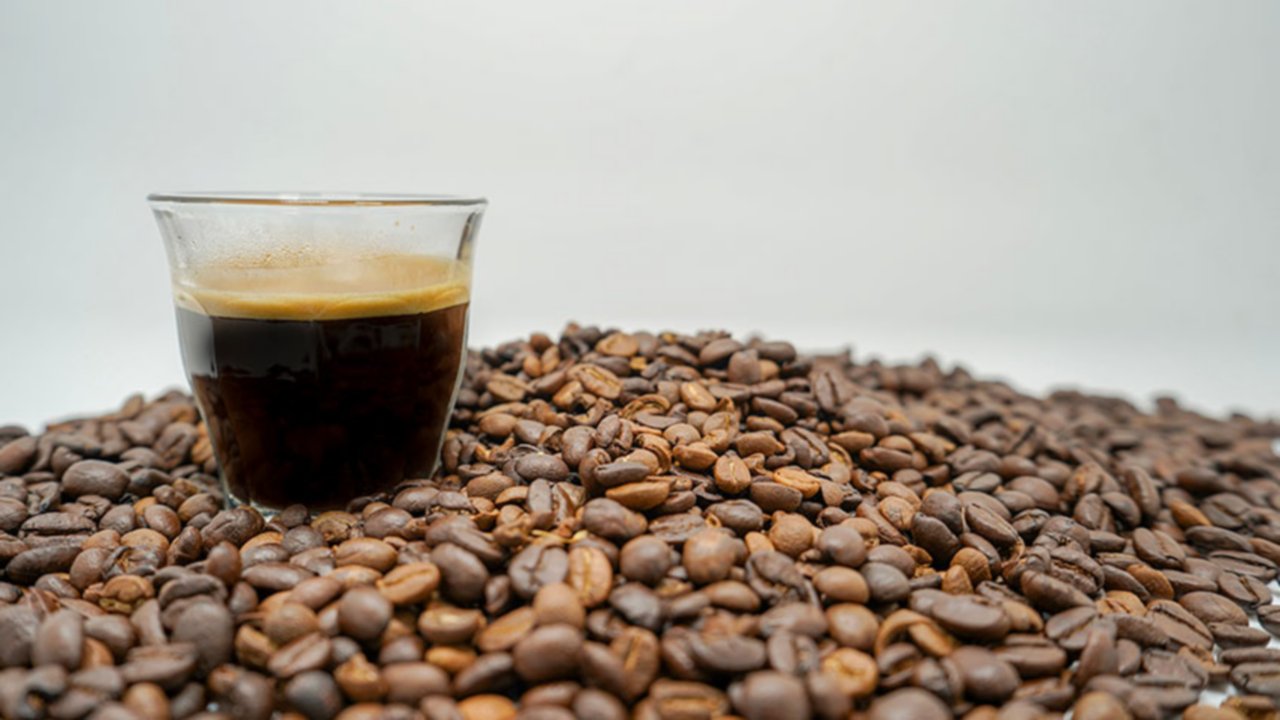Solution
“We started from a situation with 20 stand-alone PCs on each single line. Today we have arrived at a system that allows us to connect any additional lines simply by increasing the number of remote I/O, managed through a programmable automation controller (PAC) that is part of the CED structure,” affirmed Gabriele Marco Ferrari, CEO of Bibit.
The Integrated Architecture® system supplied to the customer over the course of the project’s two year development comprises two Allen-Bradley® CompactLogix™ 5370 series controllers (one L30ER and one L36ER), thirty remote Allen-Bradley POINT I/O™ modules, plus another six for the coffee producers. All these components communicate with one another and servers through an EtherNet/IP™ network. The CompactLogix L30ER PAC manages a dozen remote I/O while the CompactLogix L36ER PAC manages eighteen. The system operates with a three-millisecond polling cycle thanks to speeds delivered by the Rockwell Automation PACs. The PACs communicate directly with the servers, on which the Microsoft SQL database resides, where all the data is recorded, along with all requests coming from the lines.
The network infrastructure with an EtherNet/IP protocol allows the PACs to also automatically manage warehouse consumption, production and coffee making levels, with the amounts of raw and processed coffee being unloaded. In addition to providing tracking data, the PACs that communicate with an intermediate server transmit the same data to the accounting software for recording of semi-processed loads, finished product in the warehouse, and unloading of components.
“A process that would have been expensive in terms of costs and time due to its dimensions if managed manually, as well as impossible to implement from a tracking point of view, is now automated,” continues Ferrari.

